In Africa more than 100,000 years ago, the earliest humans appeared who were identical in body anatomy to modern humans. They were called late Homo sapiens, modern Homo sapiens, or simply modern humans by paleoanthropologists. . The morphological differences between late Homo sapiens and early Homo sapiens are mainly reflected in the shrinkage of the face and front teeth, the weakening of the brow ridge, and the increase in the height of the skull, making the shape of the entire braincase and face more and more similar to that of modern humans.
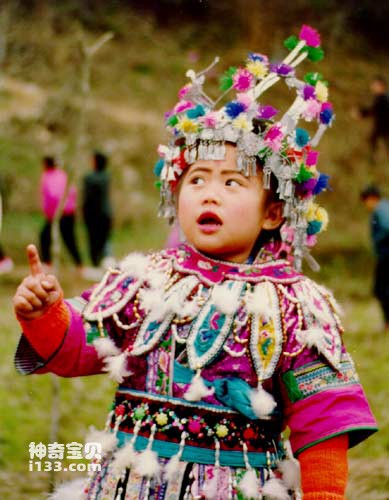
Asian
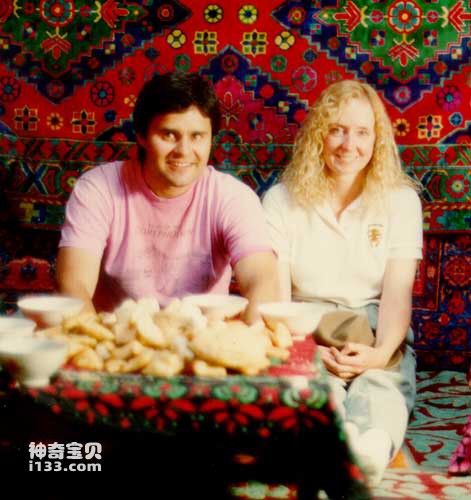
Caucasian
Due to the regional morphological differentiation that had already appeared in the Homo erectus stage in various major regions of human evolution, it gradually became obvious in the early Homo sapiens stage. In addition, the different natural selection effects in each region caused the late Homo sapiens in each region to appear morphologically different. There are some obvious differences, and the racial differentiation has led to our current situation. That is, due to differences in skin color, hair shape and color, eyes, nose and lips, etc., humans around the world can be divided into yellow people (also known as Mongolians). race or Asian race), Caucasian race (also known as Caucasian race or Europa race), black race (also known as Negro race or Equatorial race) and brown race (also known as Australian race) Such four major races.

black people
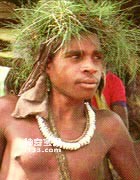
brown people
Although the earliest fossil of late Homo sapiens discovered was Cro-Magnon Homo in France, the earliest fossils of late Homo sapiens that have been discovered so far all appear on the African continent, including the Border Cave Man in South Africa (dated 100,000 years ago). Above) and the Chrysis River mouth people (the earliest date is 120,000 to 130,000 years ago and the latest is 60,000 years ago. The Chrysis River mouth people have lived in this area for at least 60,000 years. ), the Omo people of Ethiopia (dated to 130,000 years ago), and modern Homo sapiens discovered in the Laetoli region of Tanzania (dated to 120,000 years ago). At the same time, stone tool technology developed on the basis of narrow stone leaves, which was more advanced than the stone tool technology of the past, also began to appear in Africa 100,000 years ago. At this time, Europe was still dominated by Neanderthals who possessed relatively primitive Moster technology.
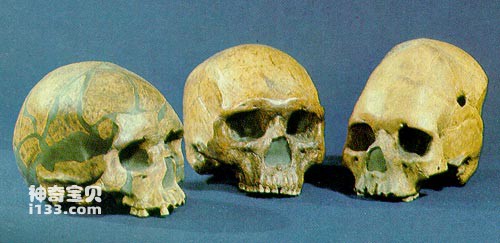
caveman
The first fossil of late Homo sapiens discovered in China is the famous Zhoukoudian Mountain Cave Man. These fossils were excavated in the top cave of Longgu Mountain in 1933 and include three complete skulls, three skull fragments, four mandibles, three mandibular fragments, dozens of scattered teeth, and several vertebrae and limb bones. However, due to Japan's war of aggression against China and later the Pacific War, these materials, together with all the Peking Man fossils at that time, were lost in the hands of a few Americans. Fortunately, these precious materials were made into models before they disappeared. These models have become an important basis for us to re-study the development of human beings during this time period today.

Liujiang people
After liberation, a series of important late Homo sapiens fossils were discovered in vast areas of our country. These include the skull of Liujiang Man (found in Liujiang County, Guangxi), which has an evolutionary level similar to that of Shangding Cave Man, the skull of Ziyang Man (found in Ziyang County, Sichuan), which is more advanced than Shangding Cave Man and Liujiang Man, and the skull of Man Through the Cave (found in Puding County, Guizhou). ), as well as scattered fossil materials known as Hetao Man, Laibin Man, Lijiang Man and Huanglong Man respectively.
On the basis of inheriting a series of unique traits possessed by the yellow people who passed down the line from Chinese Homo erectus to early Chinese Homo sapiens, China's late Homo sapiens have basically established the characteristics of modern yellow people, although there are still some in them. Or retain some of the original characteristics. On the premise that they belong to the primitive yellow race, the Shangding Cave Man is particularly close to the modern Chinese, Eskimos and American Indians, while the Liujiang Man has obvious similarities with the Kailo skull found in Australia.
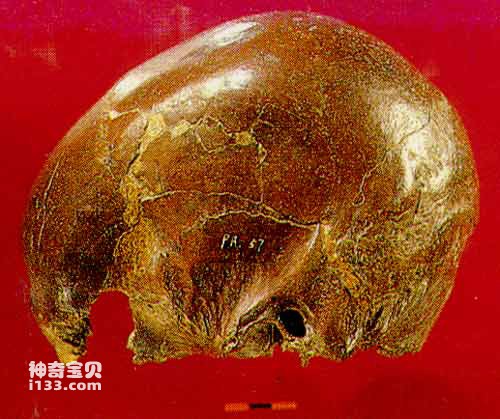
Ziyang people
The human fossils discovered in Australia all belong to modern Homo sapiens, and the earliest ones are only more than 30,000 years old. Therefore, it is estimated that humans first arrived in Australia no earlier than 50,000 years ago.
The human fossils found in Australia are clearly divided into two types. One type has thick bones and tall body, such as the Cossak people, Targai people, Mosjil people, Koa Swamp people, etc.; the other type has lighter bones and slender body, such as the Kailuo people, Mango Lake people, etc. . Their culture is also different.
These types with thick bones have obvious morphological similarities with Homo erectus and early Homo sapiens (Ondong Homo) found in Java; on the other hand, those types with light and slender bones have obvious skull differences with those of Liujiang Man in China. Similar traits indicate a certain genetic relationship between them. In addition, the Holocene Wajak human skull in Java, the human skull fossil found in Tabang Cave in the Philippines, as well as the Nia skull in Kalimantan and the Aitapu skull in New Guinea all show similarities with Australian aborigines. On the other hand, it has similar characteristics to the primitive yellow race represented by late Chinese Homo sapiens.
The above facts show that the origin of Australian Aboriginal people may have two sources. After analyzing the above situations, especially the geographical distribution of two different types of ancient human fossils in Australia, many scholars believe that there were two unrelated migrations when humans spread from Asia to Australia: one was the southern route, and a group of people came from Southeast Asia. The thick-boned people moved from Java through Timon into the northwest of Australia, and then south along its west coast; the other time was the northern route, a group of light-boned and slender people from South China passed through Indochina, Kalimantan and New Guinea moved into the northeastern part of Australia and then south along its east coast, part of it via land bridge. Later in Tasmania, these two groups of people with different origins intermingled with each other, resulting in the modern Australian Aboriginals, whose morphology is somewhere between the two ancestral types.

Yellow people who will cross the land bridge into America
During the last glacial period more than 10,000 years ago, the temperature on the earth was very low and glaciers developed on a large scale. As a result, the sea level was low. The modern Bering Strait seafloor was exposed, forming a link connecting northeastern Asia and northwest North America. land bridge. A group of yellow people living in Siberia chased their prey and bravely set foot on the North American continent across this land bridge. In the following years, they gradually developed and spread throughout the Americas.
The Native Americans (including Indians and Inuit) are very similar in morphology to the yellow people in Siberia and other East Asian areas, so they will not be separated from the yellow people in East Asia for too long. It is estimated that there are only 14,000 at most. Thousand years to 20,000 years.
The earliest ancient human cultural relic discovered in the American continent is a pointed object dating back 11,500 years, which was unearthed near Clovis, New Mexico, USA in 1932; mammoth bones were also unearthed. Prior to this, another, slightly later, pointy organ was discovered near Folsom in 1926, along with the bones of a now-extinct bison.
animal tags:
We created this article in conjunction with AI technology, then made sure it was fact-checked and edited by a Animals Top editor.